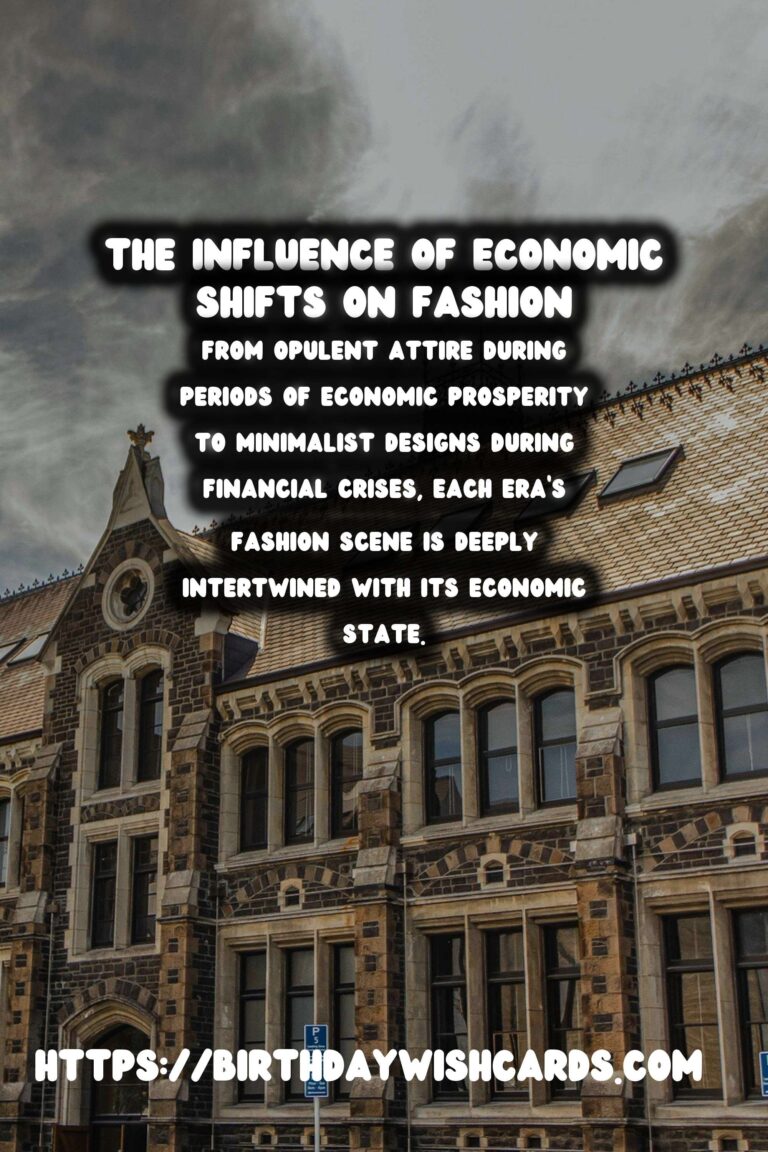
Fashion has always been a mirror reflecting the economic and social conditions of a society. From opulent attire during periods of economic prosperity to minimalist designs during financial crises, each era’s fashion scene is deeply intertwined with its economic state. This article explores how economic shifts have shaped historical fashion trends, highlighting key periods where clothing styles changed dramatically as a result of economic influences.
The Opulence of the Roaring Twenties
The 1920s, often referred to as the Roaring Twenties, were marked by economic prosperity and burgeoning consumer culture in Western societies. This era’s fashion was characterized by extravagance and innovation, most notably seen in the flapper dresses with their fringe embellishments and loose silhouettes. Designers like Coco Chanel and Jean Patou led the revolution with their creations, liberating women from the constraints of corsetry and introducing more relaxed fits. The economic boom allowed for mass production, making luxury fashion more accessible to the middle class.
The Great Depression and Its Fashionable Response
The economic downturn of the 1930s known as the Great Depression had a profound impact on fashion. People faced severe financial challenges, which led to a demand for practicality and durability in clothing. Styles became simpler and fabric usage was conservative, focusing more on necessity than embellishment. Clothing was designed to be long-lasting, leading to the popularity of the ‘Feed Sack Dress’, which repurposed sacks into functional garments. Additionally, Hollywood became a source of escapism, influencing fashion with glamorous designs that juxtaposed everyday reality.
Post-War Prosperity and the Birth of New Fashion Trends
After World War II, the late 1940s to 1950s saw economic recovery, leading to a resurgence in fashion innovation. Notable was Christian Dior’s ‘New Look’, introduced in 1947, characterized by fitted jackets and full skirts. This period was marked by abundance, and fashion reflected luxury and femininity, with synthetic fabrics becoming more prevalent due to technological advancements. The economic conditions provided the means to express post-war optimism and a desire for new beginnings through fashion.
The Financial Crises of the 1970s and the Advent of Fast Fashion
The economic turmoil of the 1970s, including the oil crisis, led to significant shifts in fashion. The introduction of synthetic materials like polyester offered cost-effective alternatives to expensive natural fibers, allowing for affordable fashion for the masses. The era witnessed a rise in casual and sportswear, reflecting a more laid-back lifestyle. Economic constraints stimulated creativity, resulting in eclectic styles influenced by pop culture and music genres such as disco and punk.
21st Century Economic Crises and Sustainable Fashion
The global financial crisis of the late 2000s prompted a shift towards sustainability in the fashion industry. Economic uncertainty led consumers to seek quality over quantity, fueling the slow fashion movement. Ethical fashion practices gained prominence, with a focus on reducing environmental impact and promoting fair labor conditions. The economic challenges brought about a consciousness that prioritizes sustainable practices in fashion production and consumption.
In conclusion, throughout history, economic shifts have continuously influenced fashion trends, dictating the availability of resources, the affordability of materials, and consumer behavior. As the fashion industry evolves, it remains intricately linked to the economic landscape, shaping the sartorial preferences of each era.
Fashion has always been a mirror reflecting the economic and social conditions of a society. From opulent attire during periods of economic prosperity to minimalist designs during financial crises, each era’s fashion scene is deeply intertwined with its economic state. 
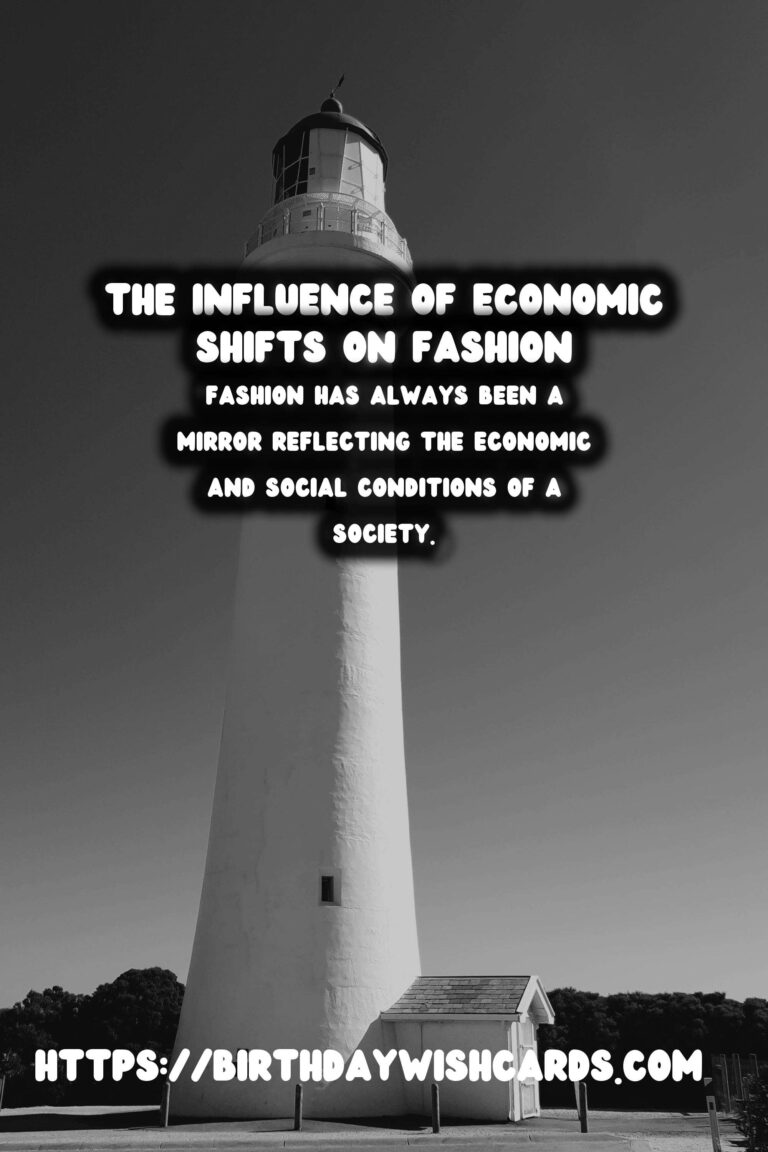
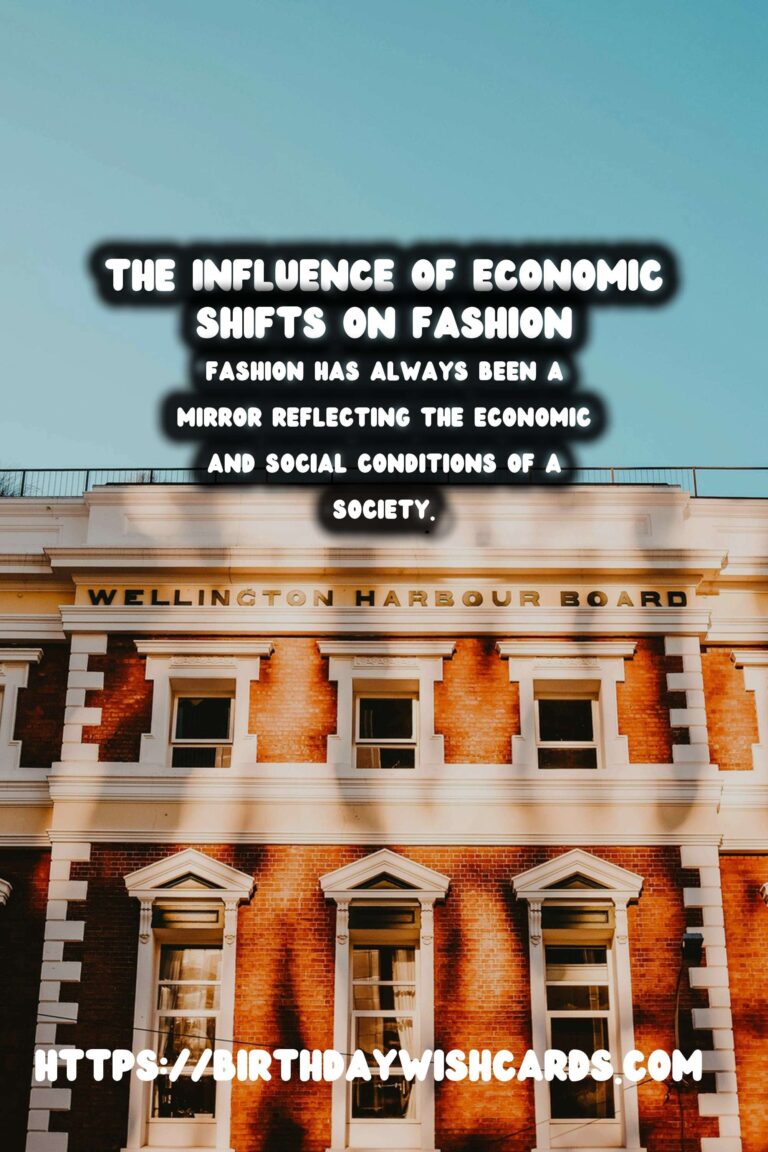
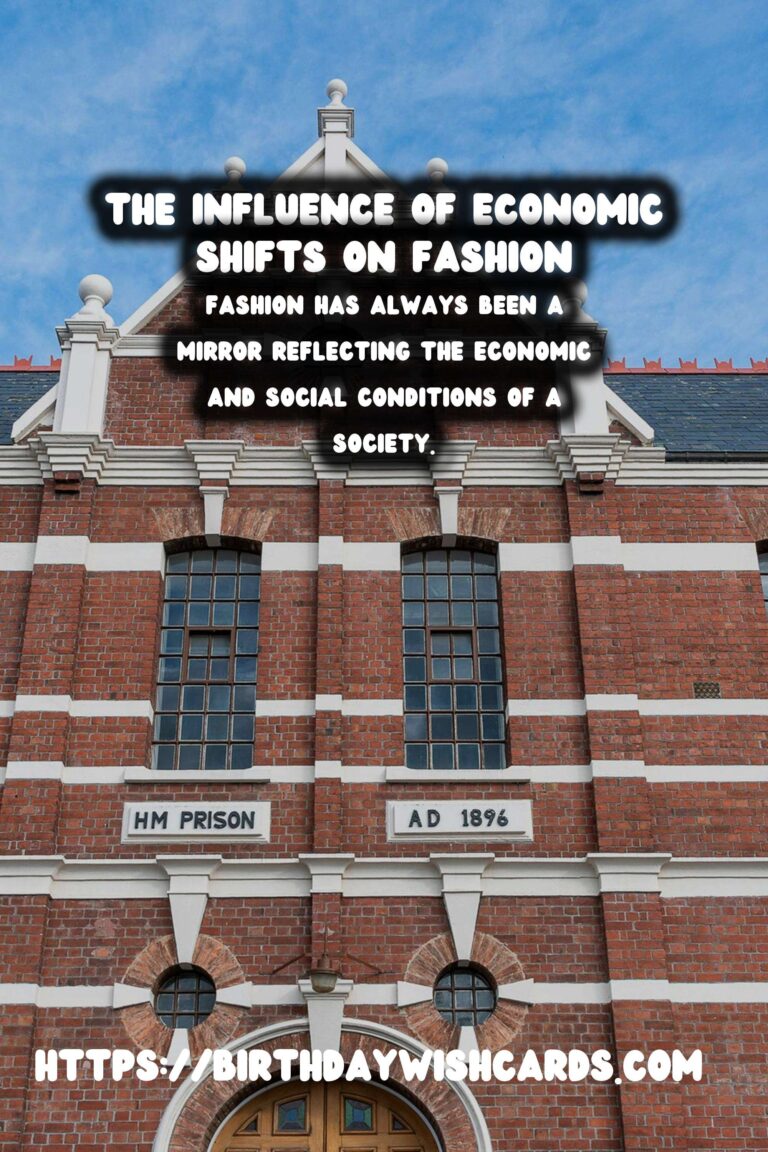


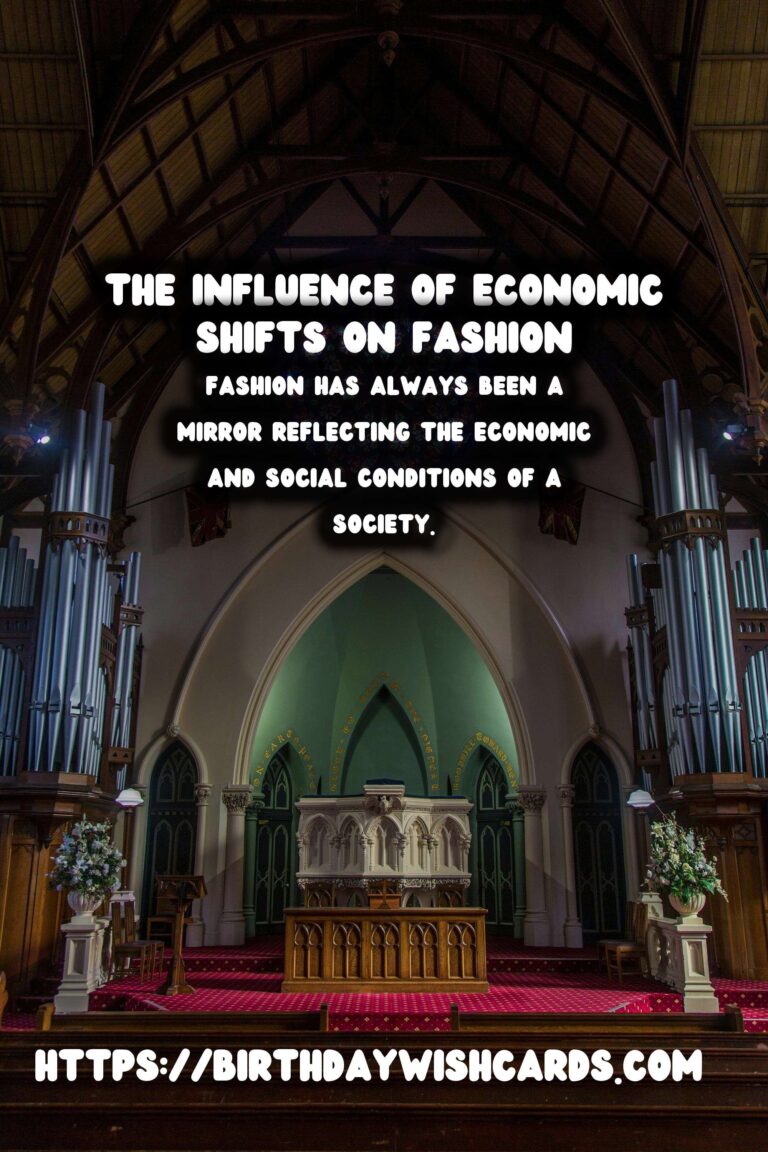
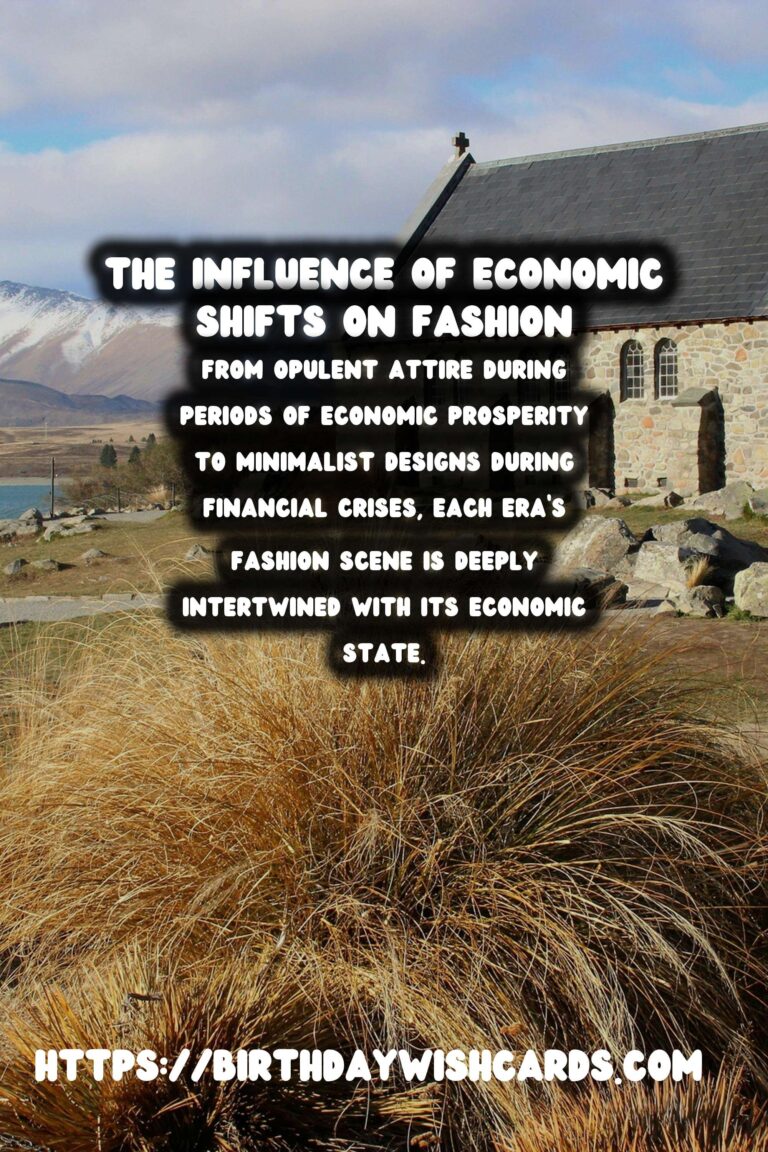

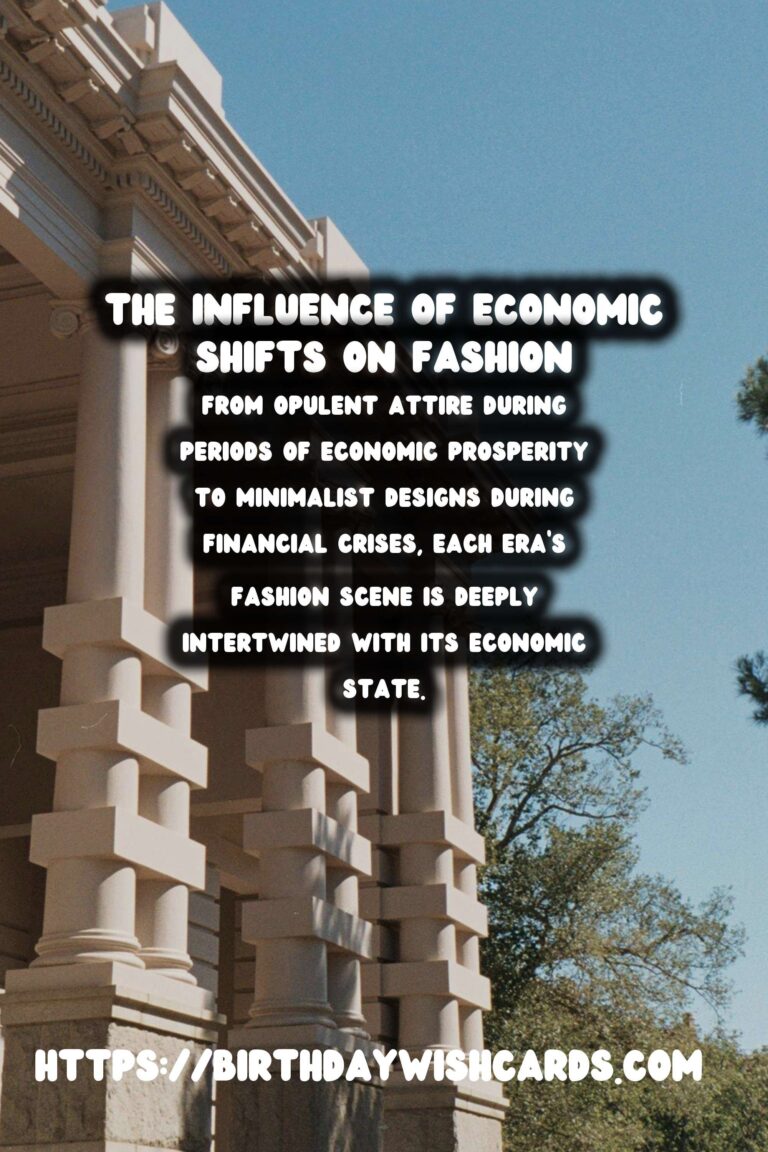
#HistoricalFashion #EconomicInfluence




